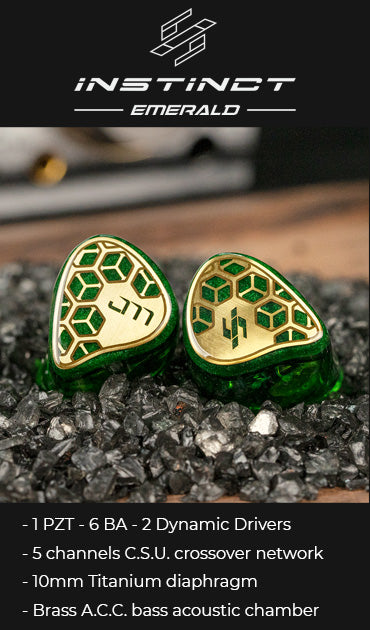Chapter 5: The Commercialization and Advancements
The evolution of in-ear monitors (IEMs) took a significant turn in Chapter 5, as custom-fit IEMs entered the mainstream, making precision audio experiences accessible to both professionals and audiophiles. The commercialization of these tailored solutions marked a pivotal moment in the history of IEMs, setting the stage for further technological advancements that would redefine the landscape of personal audio.
Commercialization of Custom-Fit IEMs
With the demand for personalized audio experiences on the rise, companies specializing in custom-fit IEMs stepped into the spotlight, transforming these devices from niche tools for professionals to coveted accessories for enthusiasts. The commercialization of custom-fit IEMs represented a shift in the market, making high-fidelity, tailored audio accessible to a broader audience.
Future Sonics and Ultimate Ears, early pioneers in custom-fit IEMs, played instrumental roles in this commercialization. Their products, once exclusive to stages and recording studios, became available to audiophiles seeking an unparalleled listening experience. The allure of having earpieces crafted uniquely for individual ear anatomy turned custom-fit IEMs into a symbol of personalized luxury.
This shift democratized the world of high-end audio, as users could now invest in IEMs that not only delivered superior sound quality but also provided unmatched comfort and isolation. The commercial success of these products paved the way for a diverse market of custom-fit IEMs, ranging from entry-level offerings to bespoke, high-end solutions tailored for audiophiles with discerning tastes.
Technological Advancements
The relentless march of innovation continued with notable advancements in IEM technology. Hybrid driver designs, incorporating multiple types of drivers in a single earpiece, became a prominent feature. This innovative approach allowed for a more nuanced and accurate reproduction of sound, with balanced armature drivers handling high frequencies and dynamic drivers tackling the lower end.
Materials science also played a crucial role in shaping the next generation of IEMs. Manufacturers began experimenting with advanced materials, such as beryllium and graphene, to enhance driver performance and overall sound quality. These materials not only improved the efficiency of the drivers but also contributed to the durability and lightweight design of the earpieces.
The introduction of wireless capabilities marked another leap forward in IEM technology. Bluetooth connectivity untethered users from cumbersome cables, providing a new level of convenience and freedom. Musicians on stage could move unrestricted, and audiophiles could enjoy high-fidelity audio without being bound by physical connections.
The Impact of Wireless IEMs
Wireless IEMs not only liberated users physically but also integrated seamlessly with modern lifestyles. The convenience of wire-free audio resonated with professionals and enthusiasts alike. The elimination of cables not only simplified usage but also addressed concerns about cable wear and tangling.
This shift in connectivity heralded a new era where users could enjoy the benefits of IEMs in diverse settings. Wireless IEMs became popular companions for workouts, commutes, and daily activities, extending the reach of high-quality audio beyond traditional use cases. The impact of wireless IEMs reached far beyond the confines of the music industry, influencing the broader audio accessory market.












